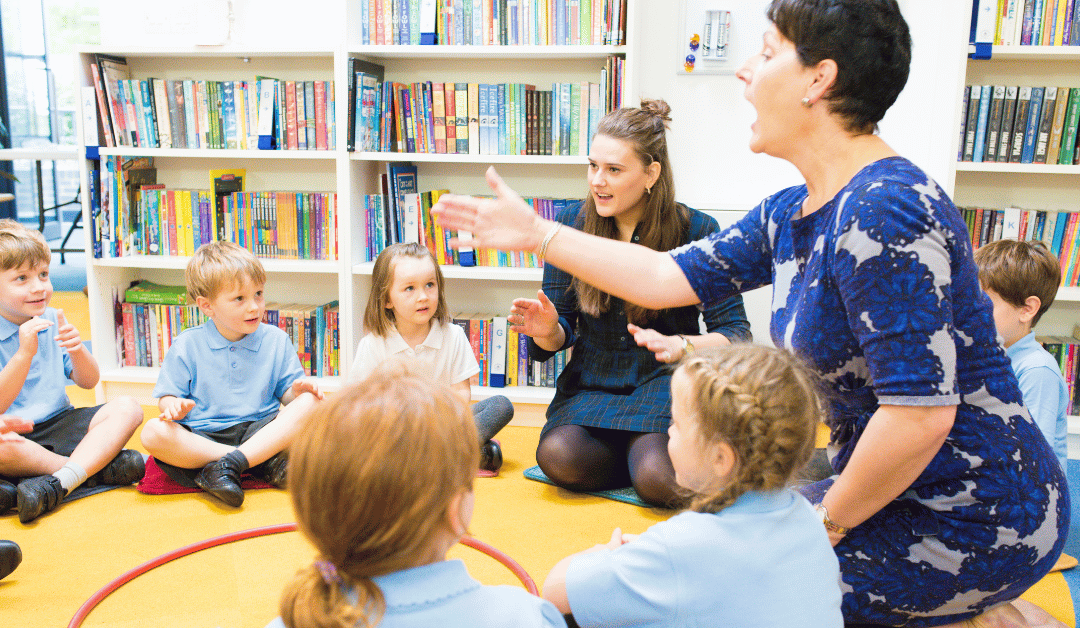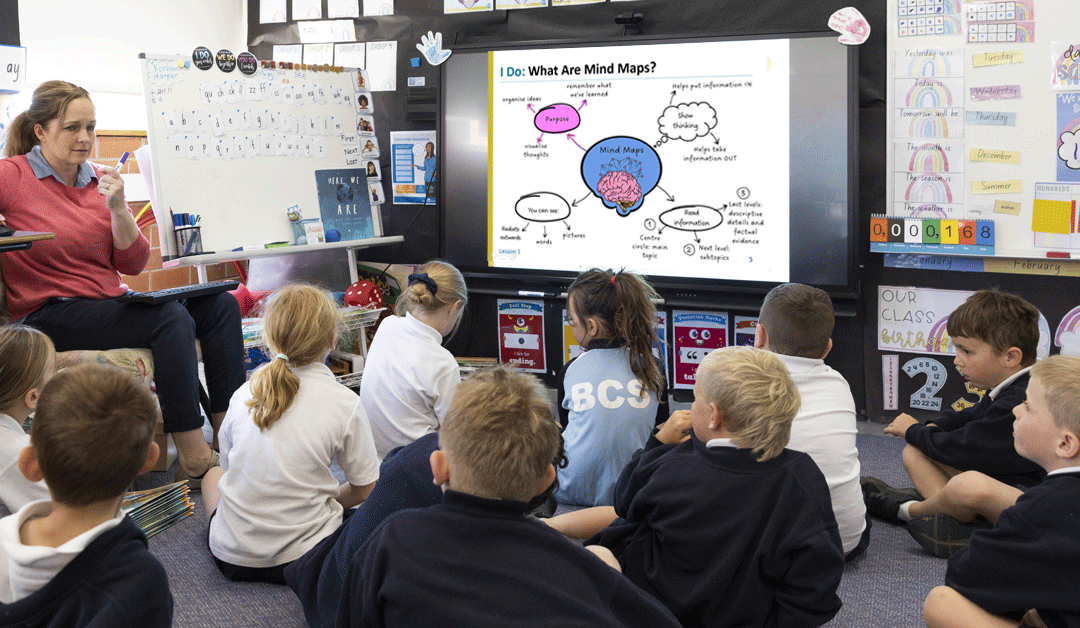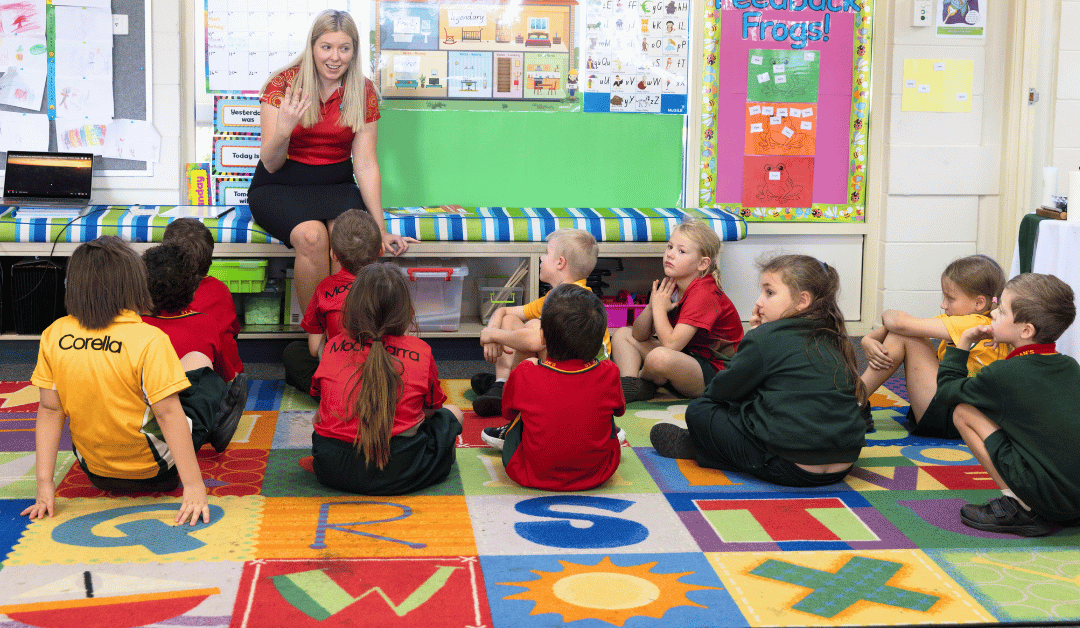In 2022, the Australian Curriculum, Assessment and Reporting Authority (ACARA) released Australian Curriculum Version 9. It sets the expectation that Australian schools teach to its standards to ensure equity for students.
One way to implement Version 9 is with expertly designed learning programs that transform the curriculum standards into classroom-ready resources.
Understanding the Australian Curriculum Version 9
Version 9 of the Australian Curriculum was created to implement needed changes brought to light by the 2021 Australian Curriculum Review. Version 9 has curriculum links between learning areas, general capabilities and cross-curriculum priorities.
Version 9 clearly out what students must learn and in what sequence; which is the foundation for consistent learning across Australia. But the curriculum provides little direction on the how, being the practical steps, teaching methods, and daily classroom activities needed to achieve those standards.
There is guidance on how to teach these standards; the instructional methods, lesson sequence or classroom resources required to bring the curriculum to life. This critical distinction leaves schools and teachers responsible for translating curriculum standards into effective lessons for students.
While some schools can draw on established curriculum teams and faculty expertise to develop a school-wide syllabus, most are not in that position.
In most settings, teachers are required to plan lessons, source and develop instructional materials, and determine teaching methods across all eight subjects, often from scratch. This load involves ensuring every standard is covered, mapping learning sequences, researching resources, and designing daily lessons, which all add to their workload before a full day of teaching even begins.
The Challenge: Bridging Standards and Classroom Practice
Research shows that teachers spend an average of 10+ hours weekly on lesson planning; time that takes away from teaching practice, professional learning, or directly supporting students. The task is further complicated by the constant need to adapt to curriculum updates, such as Version 9, and to ensure every lesson is curriculum-aligned and engaging.
According to The Gratton Institute, Version 9 leaves ‘vast gaps for teachers to fill’, providing the what of student learning, but not the how. The curriculum does not offer classroom resources or practical guidance for lesson delivery, requiring teachers to design and implement each lesson themselves.
While the curriculum sets out the what of student learning, it does not provide the how, the practical guidance or classroom resources for lesson delivery. As a result, teachers shoulder the responsibility for lesson design and implementation, a process requiring advanced instructional design skills and subject expertise, demands that are not sustainable for early-career or even experienced teachers to meet single-handedly.
When teachers only have the Version 9 curriculum as a framework, they must spend precious time outlining lessons, sourcing materials, and planning how to deliver content. This reduces the time available for actual teaching and often leads to lessons that are inconsistent across classes or year groups. Ultimately, this can impact student learning outcomes.
Reports such as those from the Grattan Institute emphasise the value of well-designed, sequenced lessons that build students’ knowledge and skills over time. The need for comprehensive, curriculum-aligned resources is clear: they support learning consistency, save teachers planning time, and help ensure all students experience coherent, high-quality teaching.
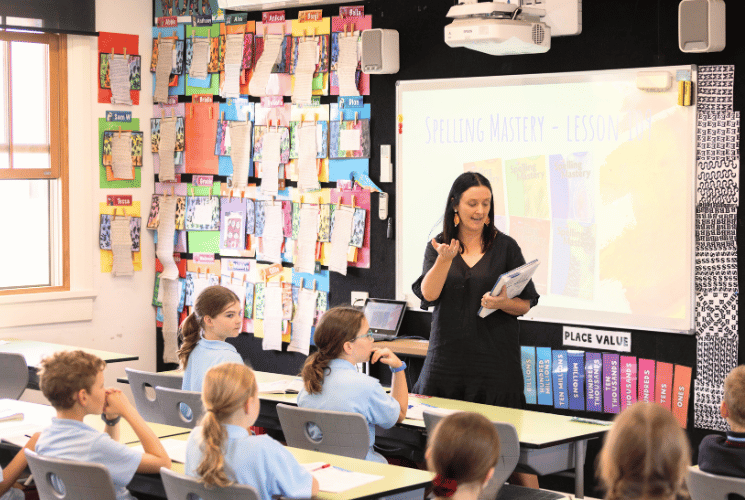
How GGSA Resources Address the Challenge
Good to Great Schools Australia (GGSA) provides teachers and schools with expertly designed, ready-to-teach units and lessons grounded in the science of learning. These resources are fully aligned with Australian Curriculum Version 9.0, ensuring seamless transition for educators and freeing them from the demands of planning each lesson from scratch.
GGSA resources help address the very real challenges faced by teachers:
- Freeing up teachers’ time: Using ready-to-use resources reduces preparation and planning time by three hours– roughly a third of the time primary teachers currently spend on these tasks.
- Improving consistency: Working from a common set of resources minimises disparities on learning across classes and year groups.
- Supporting new teachers: High-quality teaching resources help early-career teachers develop pedagogical knowledge, confidence and capabilities.
- Supporting professional growth: Removing the brunt of lesson content development allows teachers to focus on their teaching practice, making it easier to home in on areas to improve.
Each GGSA curriculum package includes:
- Content and sequencing mapped to Version 9.0
- Teaching Guides
- Classroom-ready lessons
- Student Workbooks
- Assessments
- Professional learning resources for teachers
GGSA curriculum programs are structured for use ‘out of the box’ but are also adaptable, allowing teachers to tailor lessons to their context without sacrificing fidelity to curriculum standards.
Implementing Version 9
To help schools and educators successfully transition to Version 9.0, consider these steps:
- Clarify the Division of ‘What’ and ‘How’
Ensure teachers and leaders understand that the curriculum sets the what, the knowledge and skills students must learn. Teaching teams and systems need to adopt or seek support for the how, the lesson plans, materials, and instructional strategies. - Support Teachers with Ready-made, High-quality Resources
Adopting resources like GGSA’s curriculum-aligned lessons saves teachers valuable prep time and ensures they stay focused on effective teaching. These resources provide both a reliable foundation and the flexibility for teacher adaptation. - Professional Learning and Collaboration
Equip teachers with training and opportunities to work together, pool adaptations, and share successful approaches. GGSA’s professional learning modules can support teachers to master explicit instruction and other high-impact strategies. - Benchmark and Monitor Progress
Use assessment frameworks and tools to measure student progress and adapt teaching as needed. GGSA resources include built-in assessments to simplify this process. - Communicate Clearly and Early
Inform teaching staff about Version 9 changes in advance, offer opportunities for discussion and input, and provide guidance on both curriculum content and implementation.
GGSA Tools and Version 9: An Implementation Powerhouse
Good to Great School Australia’s ready-to-teach programs give schools the assurance that Version 9 requirements and standards are always met. They’re designed for easy implementation and minimal planning.
To make the most of GGSA resources, remember the ABCs:
A – Adapt
Each GGSA curriculum program is ready-to-teach with all key materials, but they’re also easy for teachers to adapt.
The combination of GGSA resources and the knowledge teachers have of their classes is extremely effective. For example, a GGSA lesson adapted to connect to something in students’ lives may have a more powerful impact on students than a lesson that doesn’t include something they personally relate to.
Adapting ready-made lesson plans gives teachers the benefits of a high-quality foundation without compromising their autonomy.
Teachers may want to adapt or extend GGSA resources by:
- incorporating supplementary materials: this may be to reinforce learning, appeal to students’ interests, and provide local/personal context
- extending learning: adaptations such as incorporating more advanced content and setting project work can strengthen learning by reinforcing concepts introduced in GGSA materials
- incorporating realia: real-world materials help students apply their learning to real life. News stories can be particularly useful for learning areas connected to space and nature
- integrating new technologies: using technology can increase students’ engagement with the subject matter while developing their digital literacy (a Version 9 general capability).
B – Benchmark
Benchmarking enables schools to evaluate the effectiveness of their learning programs. It becomes especially important following the introduction of a new curriculum.
GGSA resources include assessment resources and guidelines, making it easy for teachers to monitor students’ progress. These assessments also allow schools to compare performance across classes. This data can be useful for making wider improvements. For example, if one class has significantly higher assessment results than others of the same level, the class’s teacher may have some insights that can improve student outcomes across the school.
C – Collaborate
Collaboration has numerous benefits. It reinforces teams, reduces workload, helps ensure consistency, and raises teaching standards.
School leaders can encourage collaboration by:
- allowing team teaching
- pooling teachers’ adaptations and additions for use by all teaching staff
- using shared digital storage systems to make pooled resources easily available
- organising peer-to-peer teacher observations and feedback sessions
- creating opportunities for teachers to share their successes using GGSA materials.
FAQ
1. Do ready-made lesson plans hinder teacher creativity?
Ready-made lesson plans don’t hinder creativity. In many cases they enhance teacher creativity by giving teachers more time to plan their delivery. Teachers can use the time saved from already having a plan to ensure the lesson they deliver is effective. This might mean using supplementary materials, trying a different teaching approach, or creating a new activity to consolidate learning.
2. Do teachers like using ready-to-use teaching materials?
Seventy-nine per cent of teachers with access to ‘a comprehensive bank of ready-to-use, high-quality instructional materials’ rate them as being ‘very or extremely useful.’
Of the 47 per cent of primary school teachers in Australia teaching without such resources, 78 per cent say having them would be very or extremely useful.
3. What are the general capabilities of Version 9?
In the context of Version 9, general capabilities are broad skills and behaviours that students can use throughout their schooling and future.
The seven general capabilities of Version 9 are:
- Critical and Creative Thinking
- Digital Literacy
- Ethical Understanding
- Intercultural Understanding
- Literacy
- Numeracy
- Personal and Social Capability
The development of general capabilities happens in context over the curriculum’s learning areas, not in separate lessons.
4. Where can I find Australian Curriculum Version 9 resources?
The Australian Curriculum Assessment and Reporting Authority (ACARA) provides links to digital resources and is in the process of developing some resources.
Good to Great Schools Australia (GGSA) provides free resources that are mapped to Version 9 requirements, and ready-to-use in class. If your school is making the transition to the new Australian Curriculum or looking for ways to better implement it in the classroom, GGSA can help.
GGSA’s high-quality, comprehensive programs enable teachers to deliver engaging, Version 9-aligned lessons without having to spend hours planning lessons and producing resources.
Register for a free membership to access the full bank of evidence-based, curriculum-aligned resources and see how they can help your school.
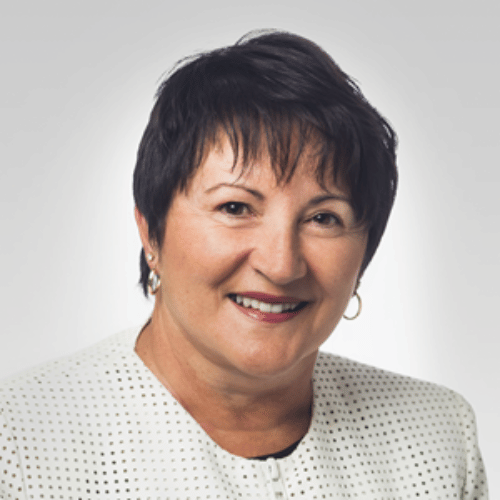
About Julie Grantham
Julie Grantham brings more than 40 years of experience in education as a teacher, principal and senior public servant, including three years as Director-General of the Queensland Department of Education.
During her leadership, Queensland’s state school results consistently improved and teaching and learning practices were strengthened through the introduction of world-class benchmarking.
Julie also led major reforms requiring every Queensland school to define and implement evidence-based pedagogical practices tailored to their context.
Today, as Director of Schools at Good to Great Schools Australia, Julie works with schools and education systems to design and deliver programs that ensure every student has the opportunity to succeed. Be sure to catch Julie each week as she hosts the Good to Great Schools Webinars. For more information, click the link below.

